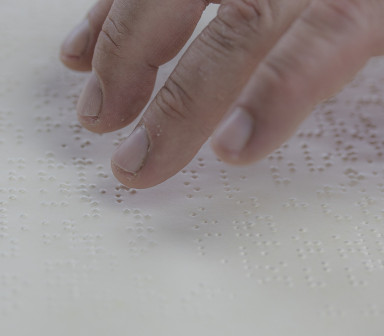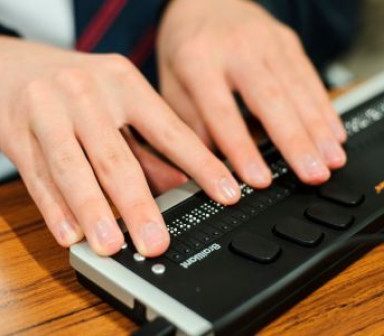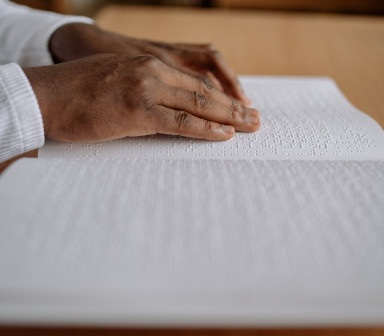Since braille's creation in the 19th century, different braille codes have developed in countries across the world. Today, the primary braille code in the United Kingdom is Unified English Braille (UEB).

What is Unified English Braille (UEB)?
Over the years, discussions in the braille community began to focus on the idea of a single unified braille code. The result of this is Unified English Braille.The UEB code was developed by the International Council of English Braille (ICEB). It took over 20 years to develop UEB.
The only subject not covered by UEB is music, which already has an agreed international code used by speakers of all languages.
Which braille authorities have Unified English Braille as their primary braille code?
Unified English braille is currently used in the following countries:
· UK
· USA
· Australia
· Canada
· New Zealand
· South Africa
· Nigeria.
In addition to standardising braille notation in English speaking countries, the main driver for the introduction of UEB was to avoid ambiguity.
In Standard English Braille (SEB) the context of a braille symbol in a script might tell you whether it denoted a mathematical symbol, punctuation or a contracted word. In UEB there is no ambiguity. This results in clarity but also means, particularly in maths, that more braille symbols are needed.
In UEB there is just one code for maths, science, computing and foreign language transcription. UEB makes it easier to share materials between English-speaking countries and supports greater accuracy in back translation. It eradicates ambiguity in interpreting some symbols as it is a unified system. From a production perspective it also helps to simplify print to braille translation, potentially reducing costs.
The literary code has changed little: if you know SEB already you could easily read UEB and can adapt without too much difficulty. Nine contractions have been removed and there have been minor changes to punctuation (there are revised symbols for some punctuation signs and braille signs for more print symbols). However, the technical code has changed; some mathematical symbols are different from SEB in UEB.
The SQA and exam boards throughout the UK provided technical exams in SEB and UEB for several years during the transition phase from SEB to UEB. For a student about to begin their exam courses in maths and science it would have been unfair for them to relearn the maths code.
Although in theory production should be easier mechanically, there is still no accurate way of transcribing maths automatically. This is because equations etc. may not be linear. In the USA they have retained their maths braille system - which Nemeth, not SEB - and are not adopting UEB as their technical code.
The Scottish Braille Press moved from Standard English Braille to Unified English Braille (UEB) in 2015.
At the Royal Blind School, new teaching colleagues take the course run by the Scottish Sensory Centre at Moray House, University of Edinburgh, for certification in braille competency.
Until last year, transcription experts at the Royal Blind School produced technical materials in both UEB and SEB, depending on the pupil. Our last SEB students have now left. Our transcribers stick very closely to the ICEB guidelines – The Rules of Unified English Braille’ and ‘Guidelines for Technical Material’.
There are various UEB resources available on the UKAAF website, including the UEB Rulebook and Supporting Guidelines.


